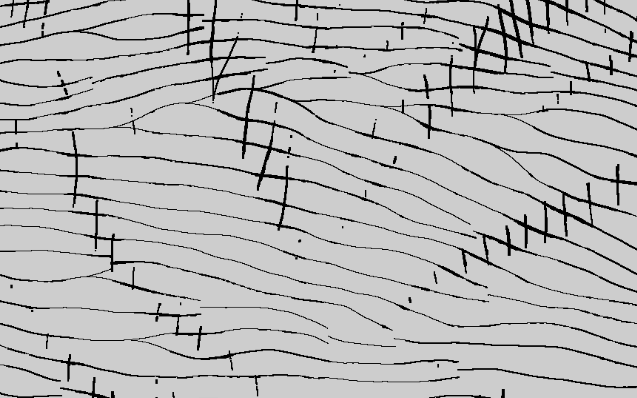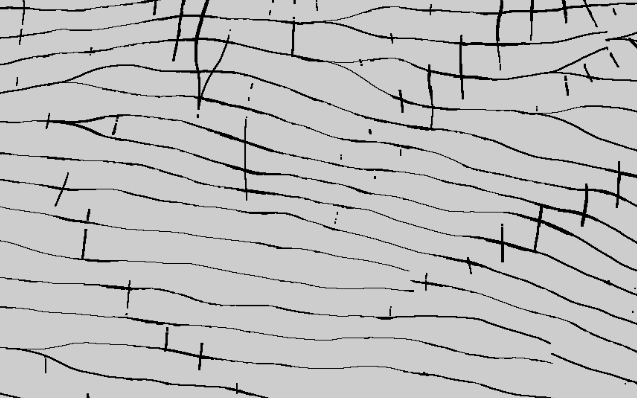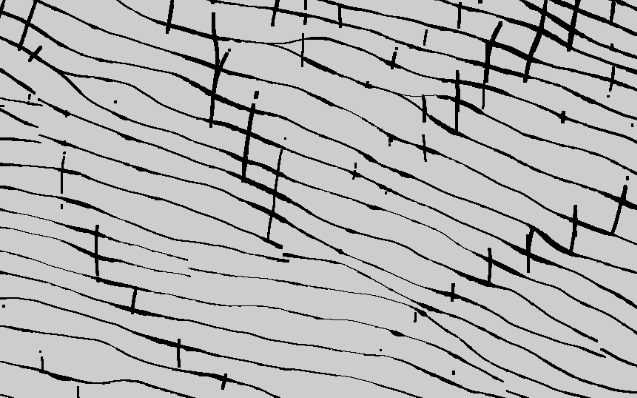From the Lab
Different Spacing Setup And Higher Resolution Images
Chujia Wei — September 5, 2013 - 11:23pm
1. By changing the spacing threshold for lines, our coordinated particle system can provide different effects while the behavior of particles still stays the same. Here are some results that we tested (note that some of the images below need to be zoomed in to observe):
(2).png)

(Figure 1: Spacing range from 10 to 50, with a line-width from 0 to 3)
.png)

(Figure 2: Spacing range from 10 to 70, with a line-width from 0 to 3)
Compare the figure 1 and 2, we notice that with a larger range of spacing, partilces move smoother and looser. One of the drawbacks is that the overal tone in the image becomes lighter. Therefor we tested figure 3 with the same spacing setup as in figure 2, while the line-width changed from 0 to 5. The result in figure 3 is then better, with a smooth structure of lines and a higher contrast for foreground and background onjects.
.png)

(Figure 3: Spacing range from 10 to 70, with a line-width from 0 to 5)
2. It is not always better to have a high spacing threshold, especially when the resolution of the input image is not good. In a low resolution image, a particle is more likely to collide with others since it does not have enough time to make a turn and avoid crossing, and the high range spacing threshold even worsen the situation by making particles adjust from one small spacing to a large one (the bigger gap, the less chances for a particle to adjust in a short time).
Figure 4 and 5 show how resolution affects the qulity of results. We notice that figure 4 has a much lower range of spacing compared with figure 5, however, the lines in figure 4 are neater while figure 5 shows several "death lines" (lines that usually appear when partilces suddently collide and die). It is obvious that in figure 5 we can observe more fine features, therefore, we do need a large range of spacing for tracing out details, which means we have to use higher resolution images (for both input and output) to provide more spaces and time for particles adjusting to.

.jpg)
(Figure 4. Left: A whale with resolution 4000*2300, and the spacing ranges only from 16.5 to 27.5. Right: origin image)
.png)

(Figure 5. Left: a lotus with resolution 4800*3900, and the spacing range from 10 to 50. Right: origin image)